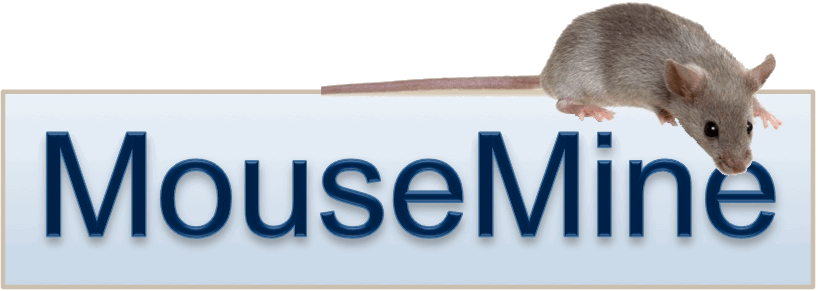Other
30 Authors
- Boudko SP,
- Segelmark M,
- Abrahamson D,
- Cui ZW,
- Grohmann M,
- Pokidysheva EN,
- Zhao MH,
- Wüthrich RP,
- Harris RC,
- Pusey CD,
- Bergmann C,
- Seeger H,
- Pedchenko V,
- Fidler AL,
- Kashtan C,
- Hudson BG,
- Fogo AB,
- Lorenzen JM,
- McAdoo S,
- Kitching AR,
- Voziyan PA,
- Gross O,
- Haddad G,
- Simmons A,
- Kistler AD,
- Fervenza FC,
- Chetyrkin S,
- Gaspert A,
- Wagner T,
- Delpire E

